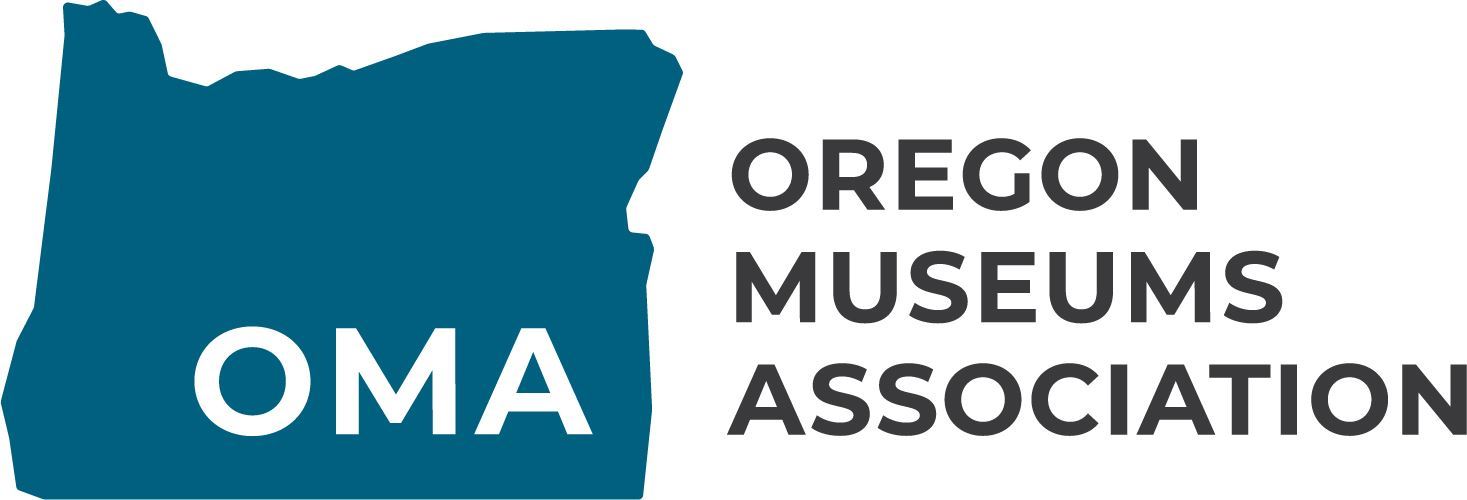- Home
- 2019 Conference Evaluation
Overview
We had 74 attendees and 34 evaluation responses, for a 46% response rate (22 completed at the conference, 12 via SurveyMonkey after the conference). The survey featured 10 questions and included feedback about the conference, work history, and questions about the 2020 OMA/WMA conference.
Overall, respondents enjoyed the conference, networked with colleagues and learned something. Attendees highlighted the professionalism and quality of presentations, ample opportunities for networking, and friendly atmosphere as key to their enjoyment of the conference. Comments were overwhelmingly positive. The only two negative comments mentioned the lack of gluten-free food options.
“This was a great first experience with the OMA conference! Kudos to the board and committee!”
“This conference was a big step up in professionalism and impact. Quality of the sessions was particularly high. Kudos to Tim and the board for their leadership! OMA fulfills an important niche in strengthening relationships across the state.”
“I thoroughly enjoyed the conference. I found all sessions to be very engaging and relevant. It was absolutely invigorating!”
Overall
When asked which aspects of the conference were of “greatest benefit,” the top responses were: Sessions (91%); Networking dinners/reception (74%); and Keynote speakers and Meet the Funders (both with 53%).
Conference experience
Every session was selected at least once for being “most relevant to your work.” The top sessions were: 1B Internal equity for small museums (52%); 3B Designing visitor experiences for engagement and inclusion (48%); and Meet the Funders (45%).
When asked what more they would like to see or do at the OMA conference, comments were mostly about having more time for conversations, networking and introductions to colleagues.
Work and conference history
Half of respondents (56%) were attending their first OMA Conference; 20% had attended 1 or 2; and 24% had attended more than 3-6.
Almost half of respondents (47%) worked full-time (paid) in museums, 15% were volunteers, and 12% worked part-time (paid).
When asked how many years they had been working in museums, 47% noted 1-5 years; 24% 6-10 years; 20% 10-29 years; and 9% over 30 years.
Evening activities
Although we did not ask a question about it on the evaluation, the Sunday night no-host dinner at 1188 Brewing Company had close to 50 people attending (an estimated 80% of conference attendees who were in town).
The Monday evening BBQ dinner and Canyon City walkabout was also a huge success. When asked about it on the evaluation, 90% of respondents attended. The most popular reasons were to network/mingle/socialize; visit the city sites and museum; have fun; and free food and drinks.
“Wonderful! I am an event planning professional, and it was very well put together.”
“It was fantastic. Thank you for putting such care into creating a fun event for us.”
Future learning opportunities
We asked two questions about what else attendees would like to learn about, and by what method. Respondents gave many suggestions on topics, with the most popular being: grant writing/fundraising (8 responses); DEIA (6), community involvement/partnerships (4); and exhibit design, board development and collections (3 responses each).
Respondents noted that their preferred method of learning was through: workshops (17 responses); presentations (11); webinars (7); and training (3). Seven respondents noted that any/all methods would be appreciated.
2020 joint OMA/WMA conference
We asked respondents “what type of OMA-specific, or Oregon-specific event would you like to attend at the 2020 joint WMA/OMA conference in Portland?” The top responses were: happy hour (12 responses); lunch and meeting (5 each); and meet up, tour of local museum, networking/mingling event, and anything (3 responses each).

